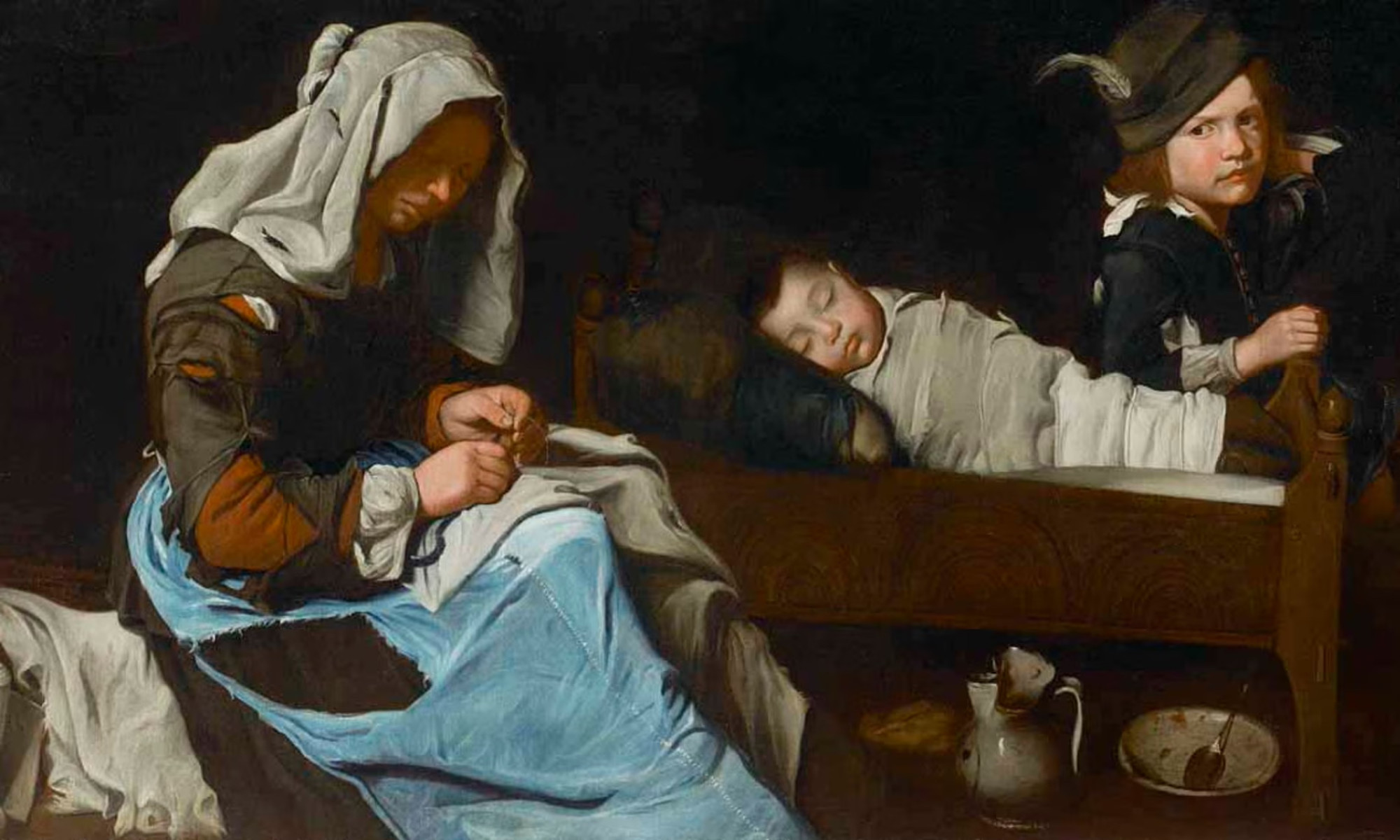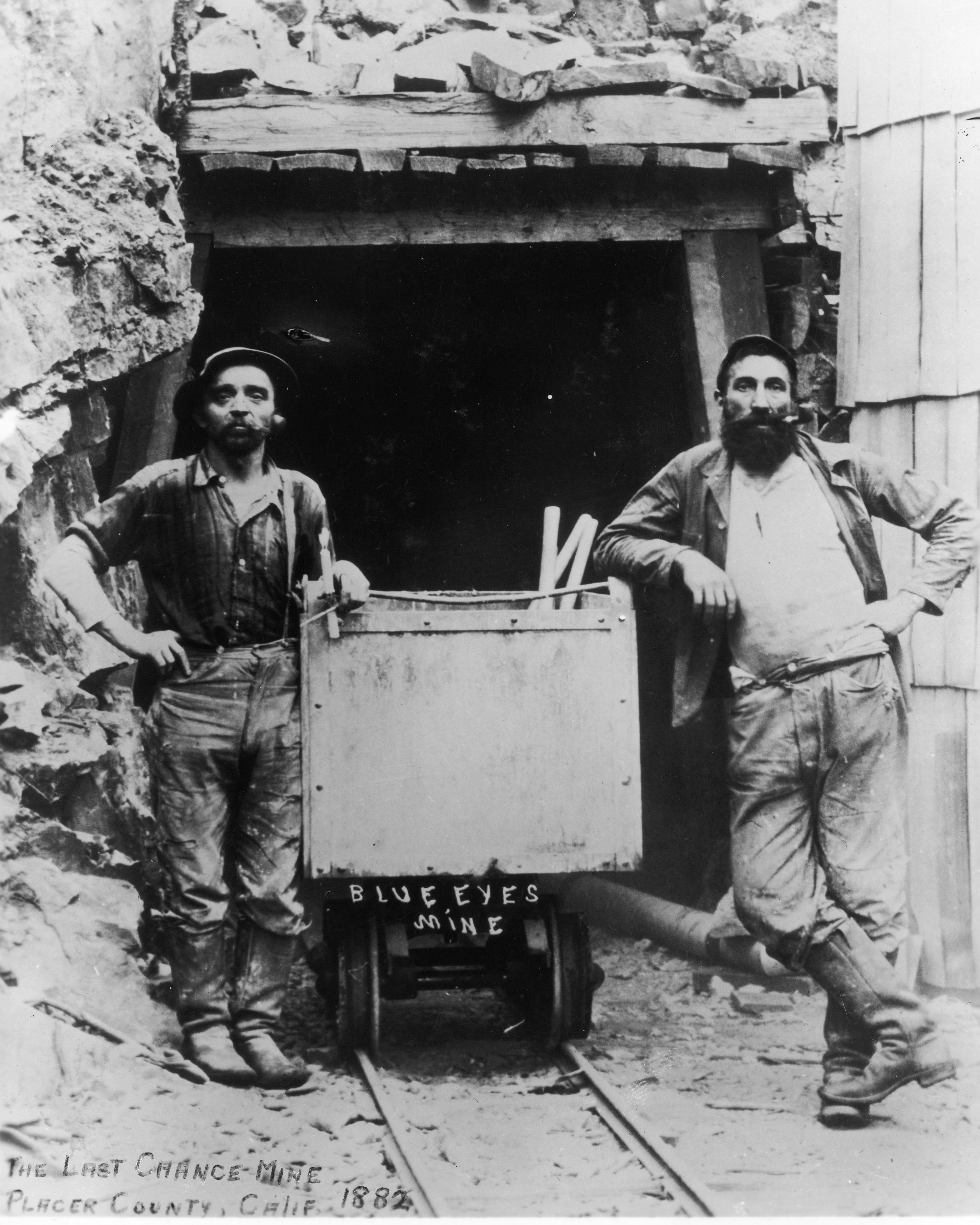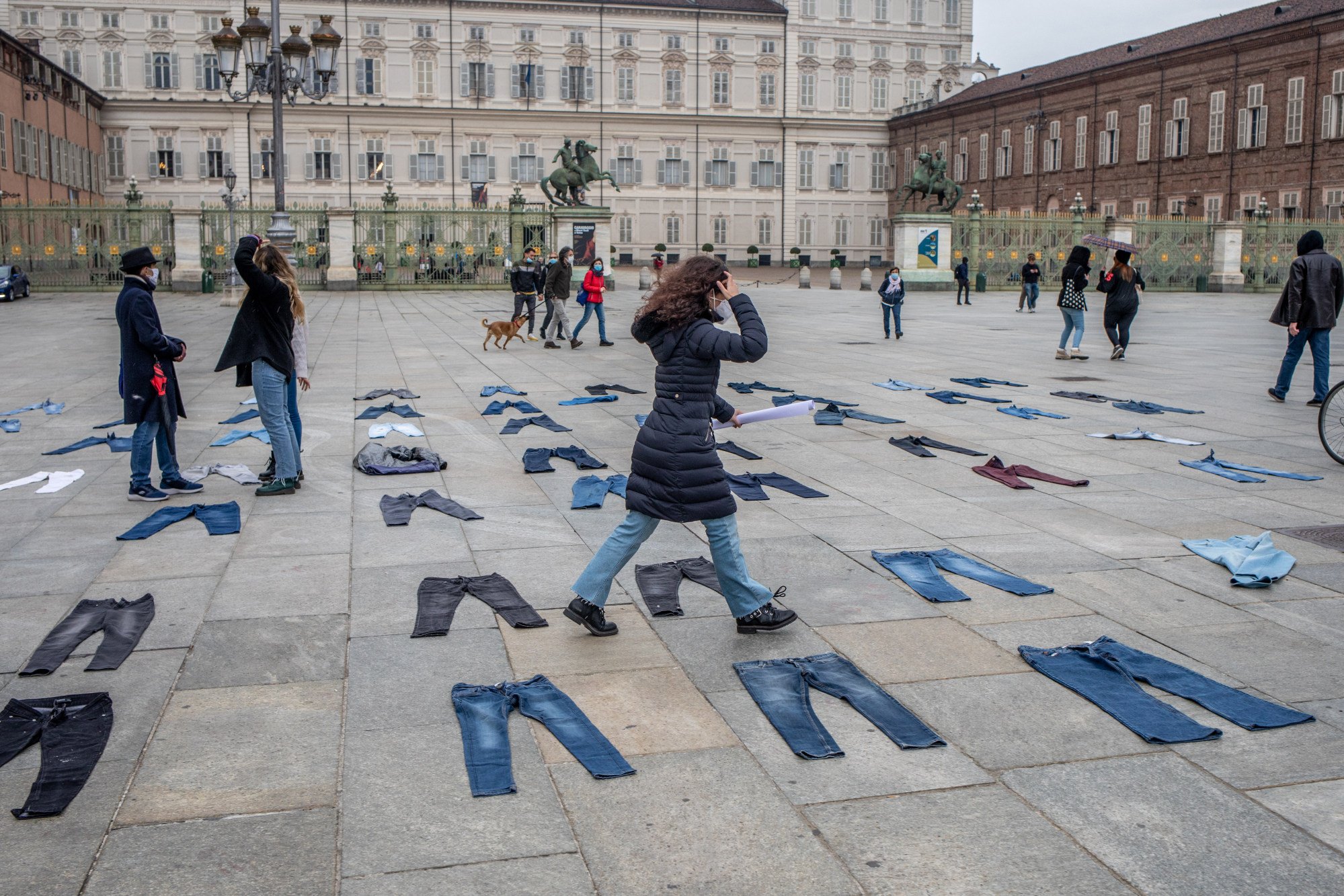
Where jeans and denim come from – the clues are in the names
- Jeans originated in the Italian city of Genoa, while denim comes from the French city of Nîmes, where weavers strived to replicate Genoa’s textile
- Wearing jeans on Denim Day, the last Wednesday of April, has become an international symbol of protest against victim blaming in sexual violence
The design, production, trade and use of denim span the globe, but the name, as with many fabrics, originates in the place it was once made.
From the 16th century, the northwest Italian port city of Genoa crafted a type of twilled cloth, notable for yarns of cotton instead of linen, hemp or wool, and indigo-dyed warp.
This durable, relatively inexpensive textile, which could withstand the damp, was used to make ships’ sails, cargo covers and trousers for sailors and the Genoese navy.
By the 17th century it had become a crucial textile for northern Italy’s working classes – this is attested in a series of 17th century paintings depicting everyday scenes of the poor wearing such fabric.

Meanwhile, in the southern French city of Nîmes, weavers – striving to replicate Genoa’s textile – developed a particularly sturdy fabric also of twill weave, with a natural white weft thread passing under at least two indigo-dyed warp threads.
These textiles were subsequently exported to northern Europe, Britain and North America – as were their names.
Coca-Cola: how the name comes from plants providing cocaine and caffeine
Jean(s), clipped from the English Geane or Gene fustian, derived from the French jean fustian, referred to fustian of Genoa (Geane/Gene being an earlier English form). Bleu de Gênes “blue of Genoa” was another common moniker.
Nîmes’ textile was identified as serge de Nîmes, “serge/ twill from Nîmes”. With the “s” in Nîmes silent in French, this was, when adopted into English, often written serge de Nim, which evolved into serge denim.
Around 1700, the London Gazette described “a pair of Flower’d Serge de Nim Breeches”, while a merchants’ magazine wrote of “18 Serge Denims that cost 6l. each”.

This was subsequently shortened to “denim”, the word appearing in Webster’s American Dictionary of English Language by 1864.
Fast forward to the Californian Gold Rush, Bavarian-born Levi Strauss’ San Francisco dry goods store and his partnership with Russian tailor Jacob Davis of Nevada.
In 1873 the pair got a United States patent for rivets reinforcing work trousers, ushering in the era of modern “blue jeans” as we know them, made from denim (although until 1960 they were known as “waist overalls”).

Thus, while jean(s) initially meant the fabric – a 1577 inventory lists “ij yardes of whitt geanes” – by the mid-1800s, “jeans” started denoting garments made of such fabric, and nowadays denotes trousers made of denim, typically reinforced with rivets at points of strain.
More recently, wearing jeans on Denim Day, the last Wednesday of April, has, following a 1998 high-profile Italian rape trial decision, become an international symbol of protest – against (tight) jeans or clothing being indicative of consent, and victim blaming in sexual violence.


